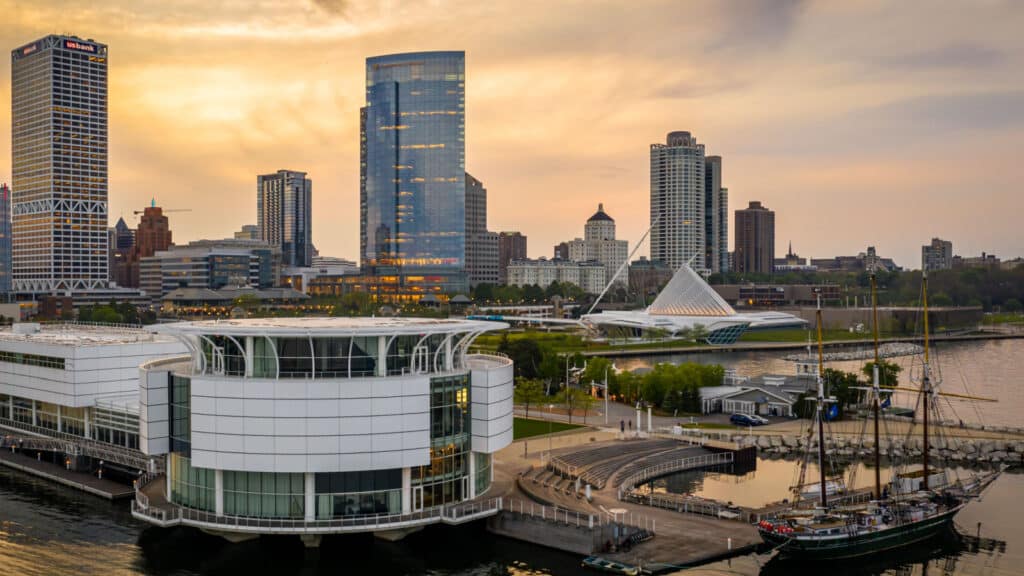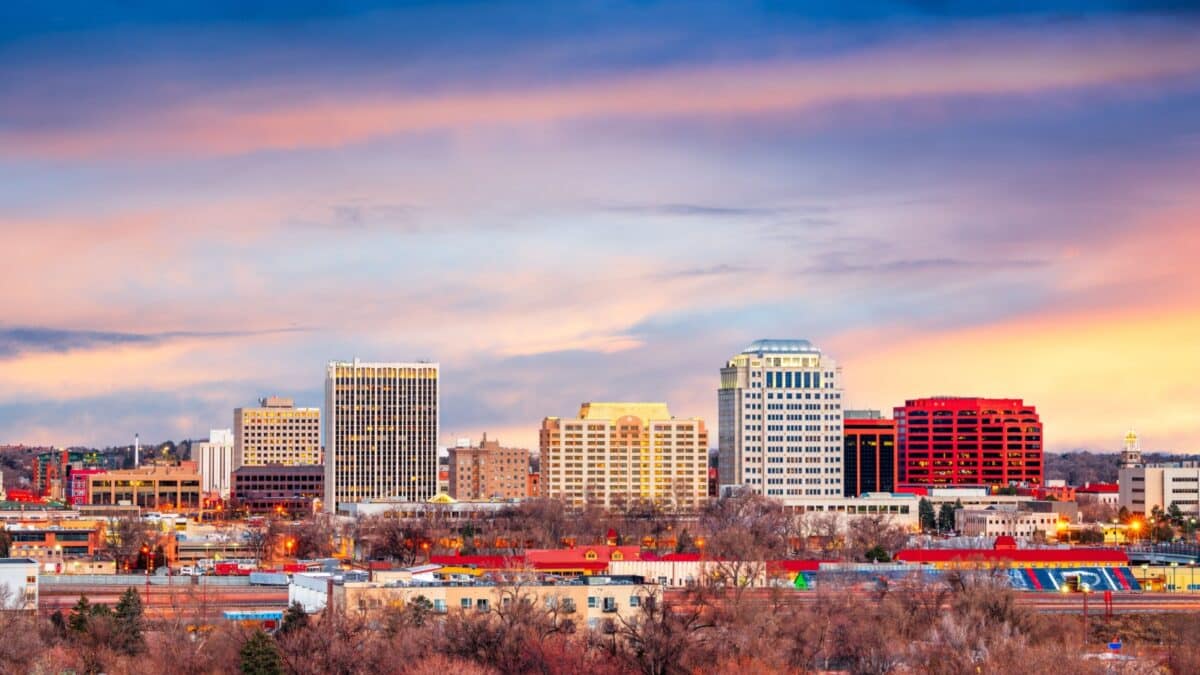No one’s ever really ready to face the loss of a loved one. That’s why safety matters so much—it’s behind every decision we make to keep ourselves and our families healthy. We can spend hours on Google digging into stats about the safest cities, but it can feel like piecing together a giant puzzle.
Thanks to a recent comprehensive study, we now have a clear understanding of which states to be cautious of. The data used in the study is sourced from FBI Crime Data Explorer, Centers for Disease Control and Prevention, Census.gov, Bureau of Transportation Statistics, and United States Environmental Protection Agency.
But what’s really going on in these risky states? Violent crimes like assaults, homicides, and robberies often grab the spotlight when we think about danger. But there’s more to the story. Safety also means looking at air quality, pollution, climate risks, water quality, and even natural disasters.
If you’re thinking about relocating, you’ll want to do your research first. Find out why avoiding some states might just be your best move.
Louisiana
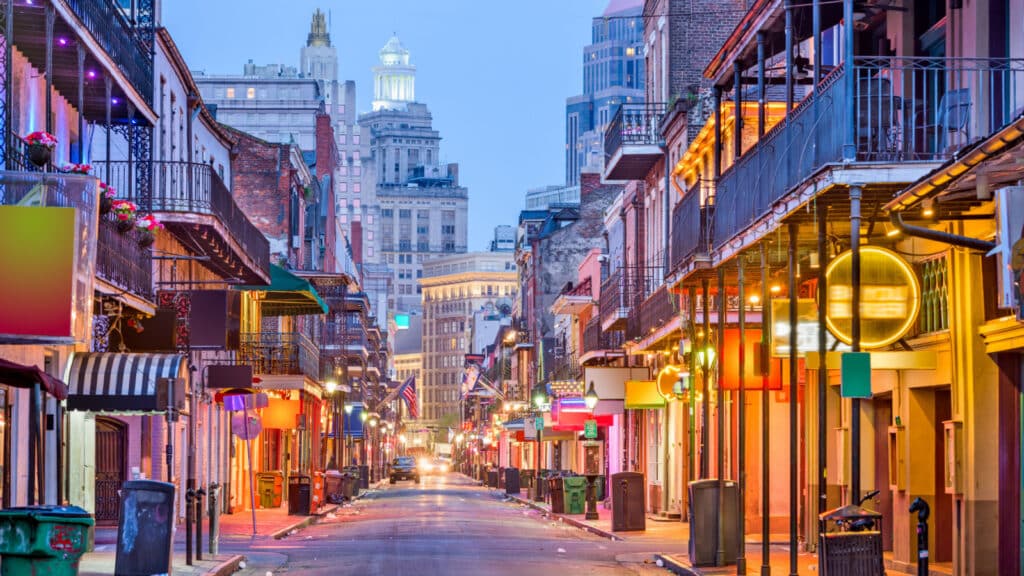
Louisiana’s rich Creole flavors and signature Mardi Gras fun are tempting, but knowing it’s labeled the most dangerous state might make you turn back and go somewhere else. About one in five residents live in poverty, which brings heavy consequences. Pollution is rampant, with “Cancer aAlley” along the Mississippi River infamous for its petrochemical plants.
Crime rates don’t help the picture—simple assault, theft, and aggravated assault are alarmingly high. The Pelican State is even prone to hurricanes. Sure, housing and groceries are cheaper, but is it worth risking your safety? Probably not!
Mississippi
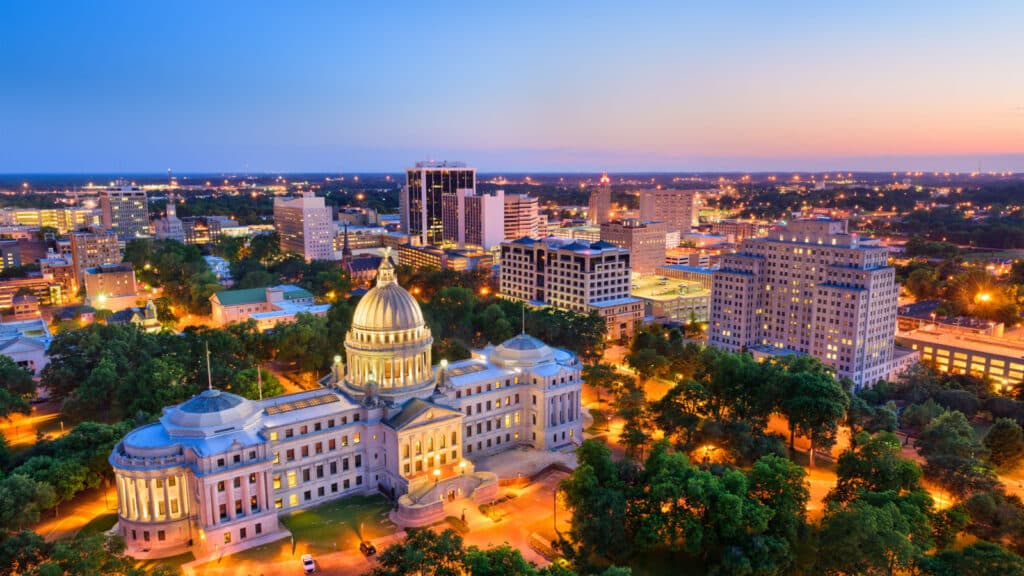
The Magnolia State doesn’t make it easy to stay, let alone come back. Mississippi ranks as the second most dangerous state, with a chilling homicide rate of 20.7 per 100,000 people. Even the air isn’t safe, and nearly 20% of the population lives in poverty, just like Louisiana. In rural areas, water contamination from old infrastructure adds to the struggle.
For families, it’s even more difficult—Mississippi leads the nation in maternal and infant mortality rates. With its history of segregation and ongoing bigotry, you get why many choose to leave and never return.
Alaska
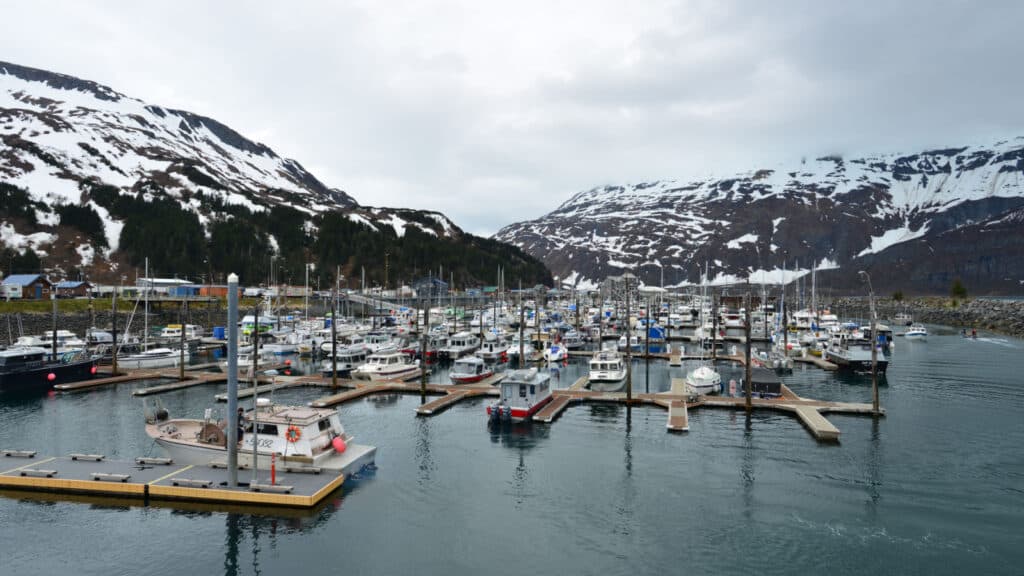
You’d expect Alaska’s weather to be extreme, and it’s true. Long, dark winters and short, sunny summers can trigger Seasonal Affective Disorder, a depression linked to the seasons. Despite the cold, Alaska is one of the rainiest states, and its isolation makes basic services like healthcare and grocery stores hard to access.
You might think it’s quiet, but it actually has a shockingly high violent crime rate. On the plus side, Alaska has some of the best air and water quality in America. Its untouched wilderness and strict environmental laws keep it clean.
New Mexico
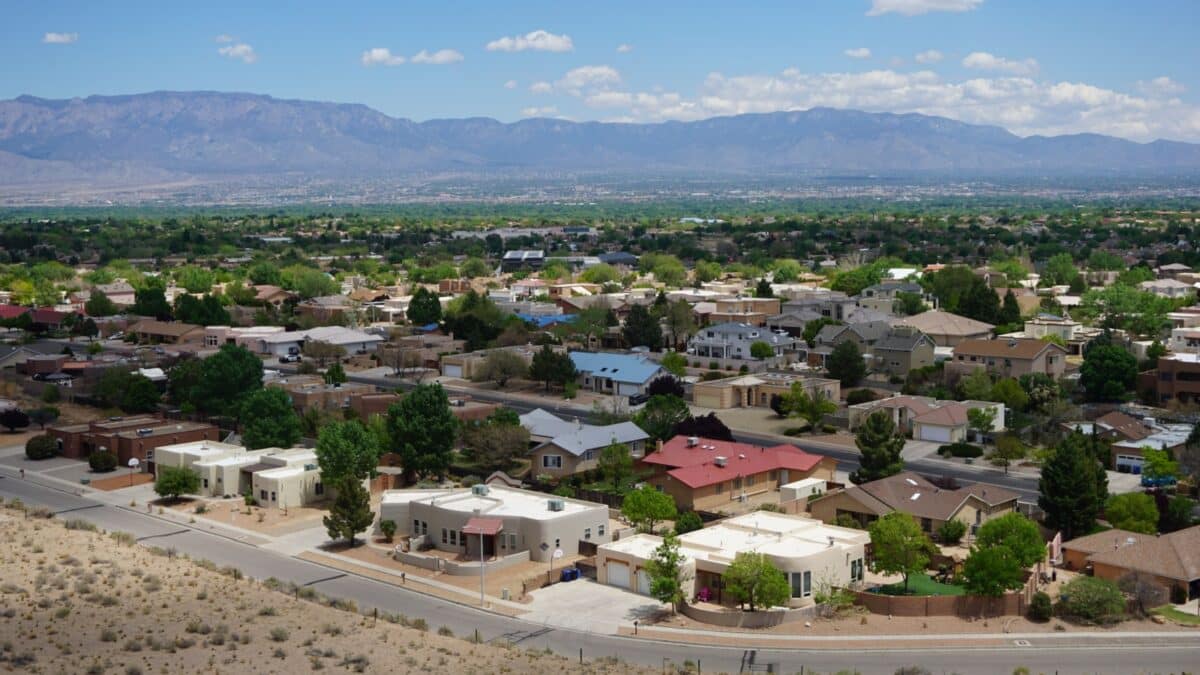
New Mexico faces its fair share of problems, from high crime rates to poor education, with nearly 18.4% of the population living in poverty. The fourth most dangerous state has one of the highest violent crime rates in the U.S., and the average life expectancy is just 74.5 years. Compare that to Hawaii, where people live an extra 6 years on average (80.7 years).
To make it worse, 40% of New Mexico is in drought, and 20% faces severe conditions. The windy season, from late February to July, makes things worse, with gusts reaching 20 mph or more.
Kentucky
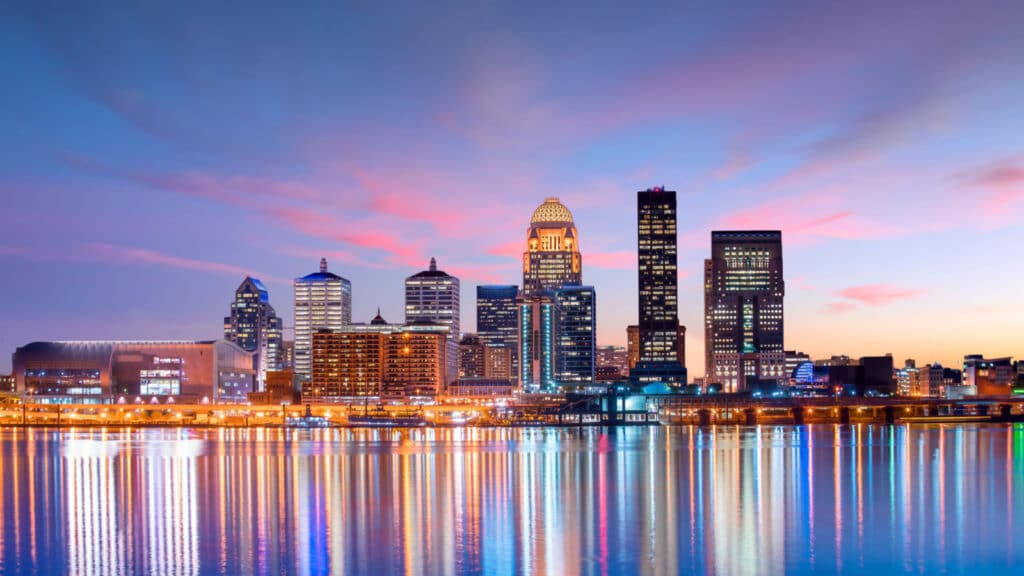
Families with kids tend to avoid Kentucky due to its poor education system. But you should also be worried about safety—Kentucky ranks as the fifth most dangerous state. While not part of Tornado Alley, it faces around 21 tornadoes each year, mostly in April and May. Wind speeds can hit 100 mph during its 40-60 yearly thunderstorms, and flash floods often cause serious damage.
Health issues are another concern. Nearly 37% of residents report feeling depressed—more than one in three people! With fast food being a daily habit, it’s concerning that Bluegrass State struggles with high heart disease rates.
Arizona
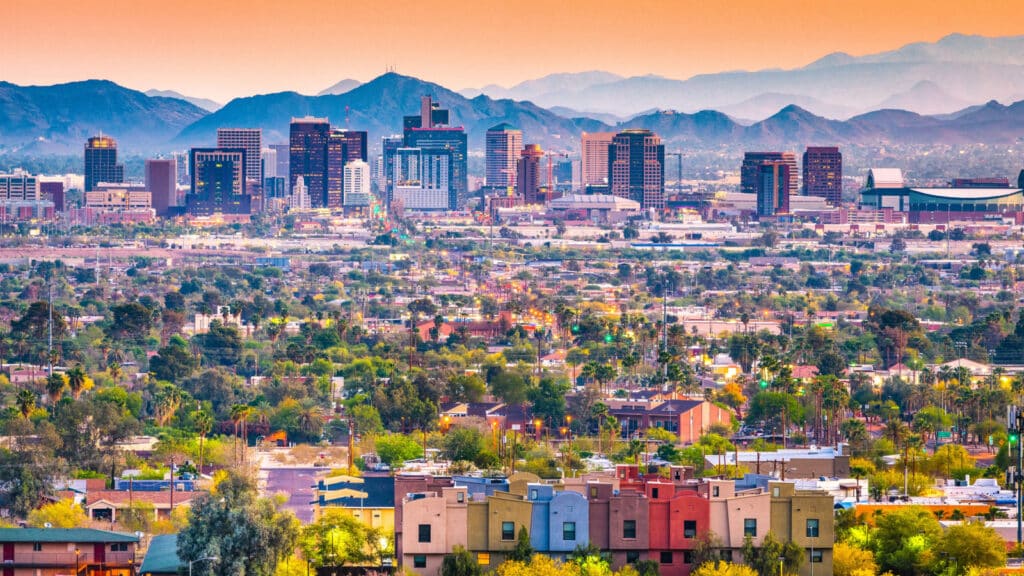
Did you know Arizona is great for people with chronic health issues due to its clean air? But the summer heat can be brutal, often reaching 112 degrees. This extreme heat makes outdoor activities harder and increases the risk of heat-related illnesses. The state also experiences dust storms, which reduce visibility, cause power outages, and carry fungal spores that can trigger allergies.
You also need to watch out for venomous creatures like scorpions, black widows, and rattlesnakes. It’s not just nature—the Grand Canyon State has a high violent crime rate, with 432 violent crimes per 100,000 people, higher than the national average.
South Carolina
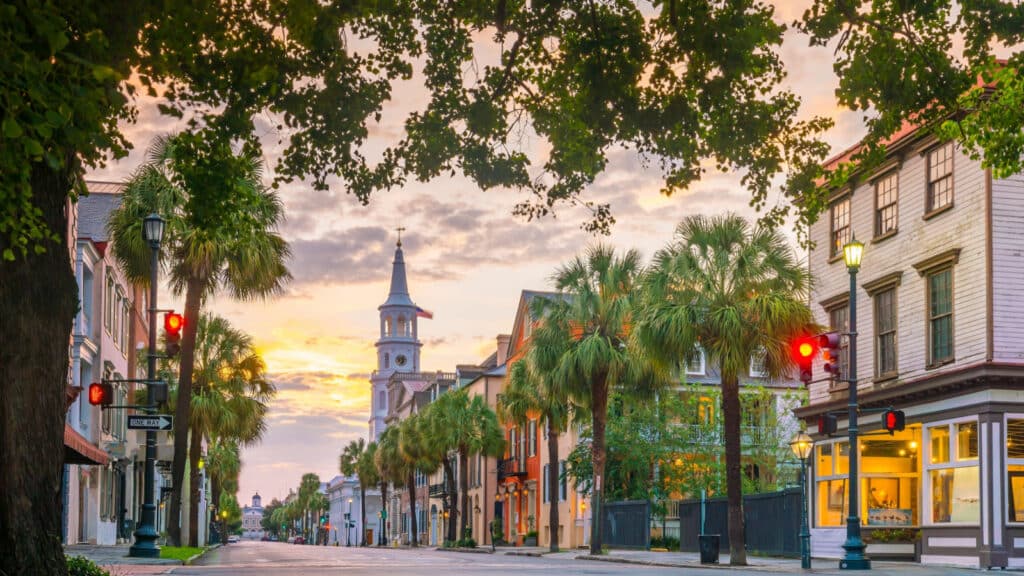
Many people move to South Carolina thinking the air quality is good and the winters are just right—not too hot, not too cold. Though it is true, there are a few things you should know before you pack your bags (like it’s home to about 100,000 alligators).
Summers are scorching, and pollen is a year-round allergy nightmare. With an 80% chance of facing a tropical storm each year, flooding is a real issue, especially along the coast. And yes, drug trafficking is a concern, with gangs taking advantage of events like Myrtle Beach Bike Week.
Arkansas
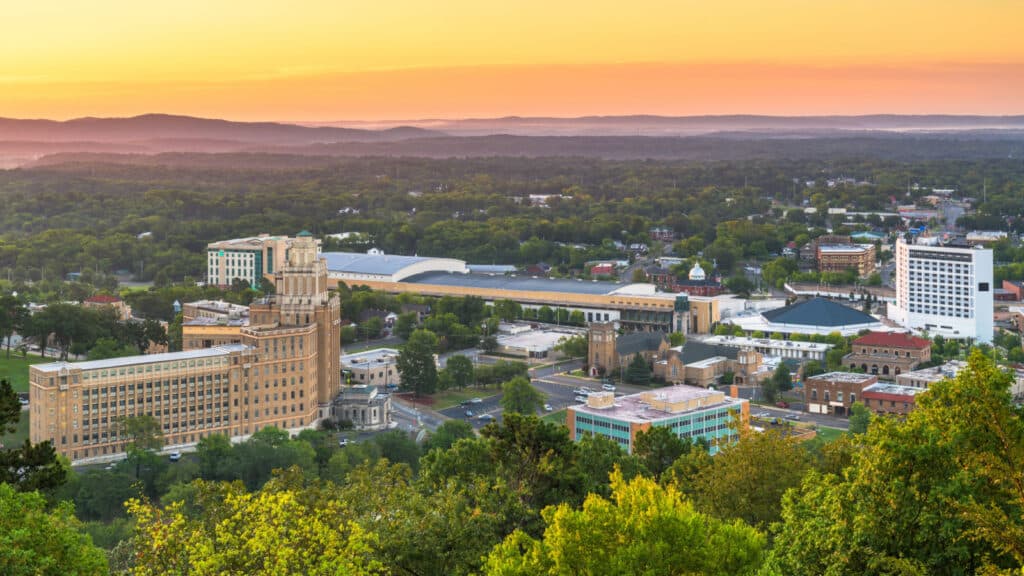
The super high sales tax here is the least of your concerns. Arkansas is prone to severe thunderstorms, ranking fifth in lightning strikes per square mile! These storms often bring hail and flooding, especially along the White, Ouachita, and Black rivers. The pollen season is a nuisance and gets worse each year. Wildlife here isn’t much better, with venomous snakes, bobcats, and bears roaming around.
Arkansas has a distressingly high violent crime rate. And if you’re relying on healthcare, think again—the state has a shortage of doctors and ranks close to last for healthcare quality.
Missouri
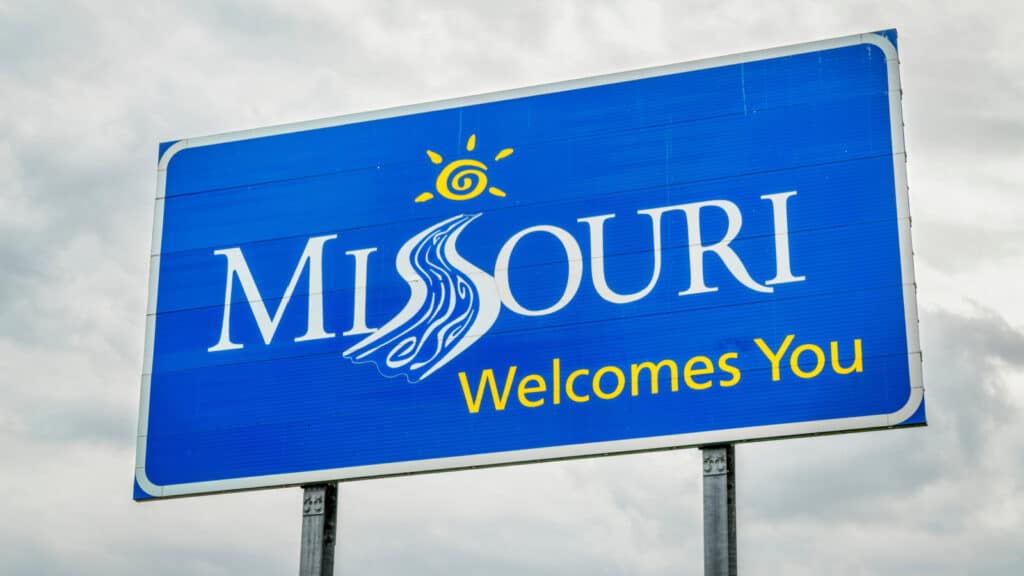
If you’re tired of the chaos in crowded places, Missouri might seem like a peaceful option. But before you get too comfortable, remember it’s one of the most dangerous states to live in. Missouri’s violent crime rate is 28% higher than the national average, and it ranks first in the Midwest for murders.
But the concerns don’t stop there. Missouri also has some of the worst air quality due to those coal-fired power plants. Unfortunately, its healthcare system is among the worst in the nation, and the state has a high uninsured rate.
Wisconsin
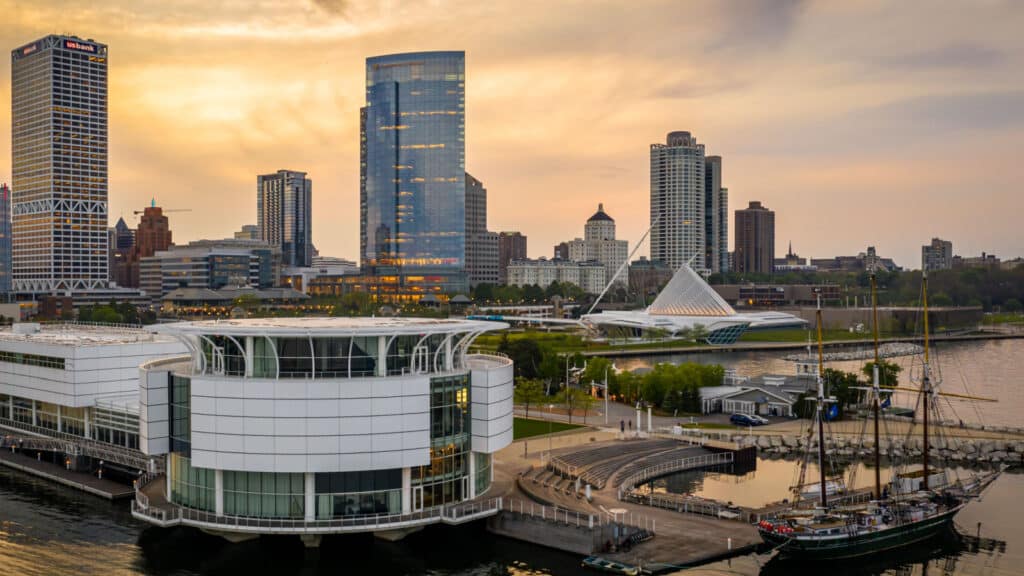
Winter in Wisconsin isn’t for the faint of heart. It’s not just freezing temps—it’s relentless snow. Hurley, the snowiest town, gets a staggering 200 inches on average! And if the cold doesn’t bug you, the actual bugs will. Ticks, mosquitoes, and spiders seem to thrive here. Mosquitoes, in particular, are an absolute nightmare.
Wisconsin’s challenges don’t stop there. It ranks as the 10th most dangerous state, with a troubling rate of alcoholism. Drunk driving accounts for 34% of all fatal crashes—well above the national average.
Source: This study was conducted by Bader Scott
10 of the Safest States in the United States to Live In
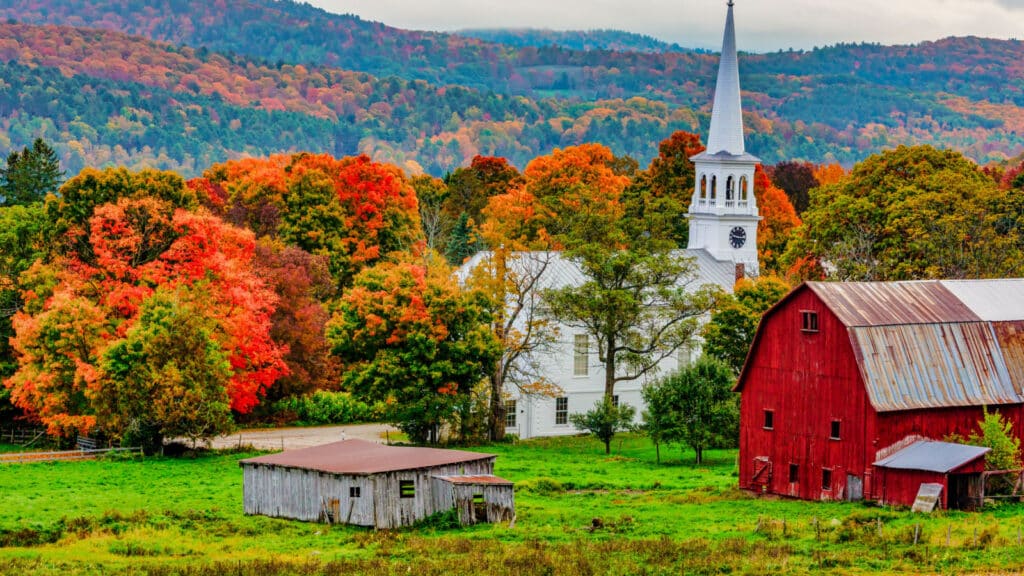
Here’s a look at the safest states to live in the U.S., based on real stats. We’re talking about personal and residential safety, financial security, road safety, workplace protection, and how prepared they are for emergencies.
Read more: 10 of the Safest States in the United States to Live In
“Bad Neighborhoods” in the U.S. That Are Actually Pretty Safe
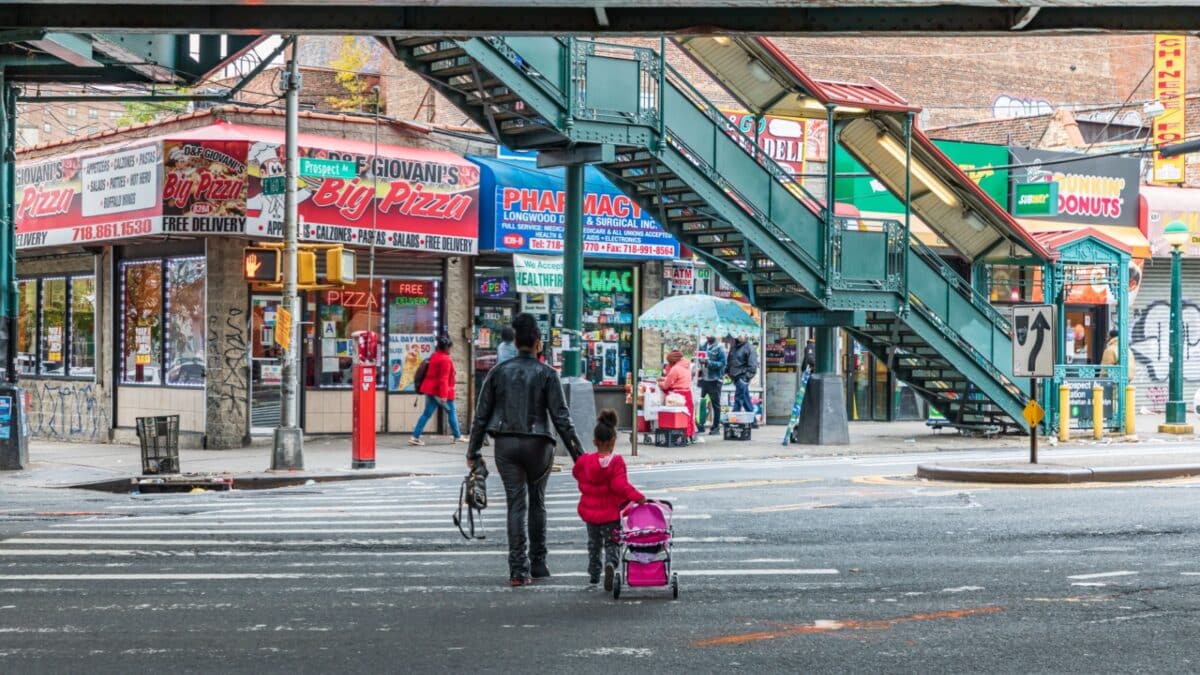
Some of these formerly tough neighborhoods might surprise you. Often labeled as unwalkable murder zones with gangs, drugs, and poverty, they’ve gotten a bad rap. The media doesn’t always help, blowing things out of proportion. If you dig into crime stats and chat with locals, you might find that these places are safer than their reputation suggests. It’s worth taking a closer look!
Read more: 11 “Bad Neighborhoods” in the U.S. That Are Actually Pretty Safe
These 10 U.S. Cities Are Surprisingly Safer (or Riskier) Than You Think
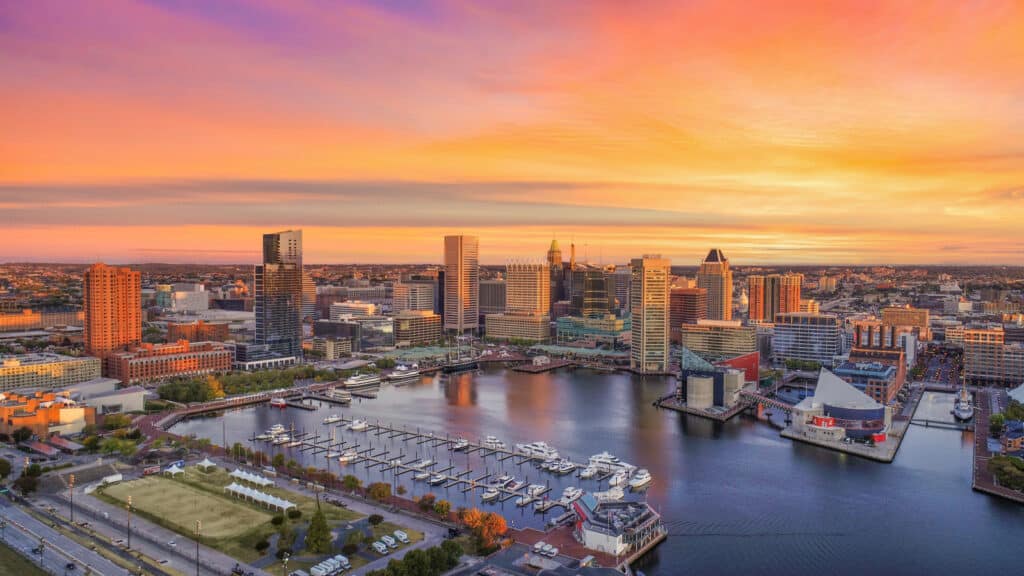
There’s no one-size-fits-all answer to the question of safety—it’s all about perspective. What one person considers dangerous, another might shrug off. Safety in a city can change rapidly, so it’s always wise to get the latest scoop. Want to know what some Americans think? Here’s what some locals on a recent message board had to say.
Read more: These 10 U.S. Cities Are Surprisingly Safer (or Riskier) Than You Think
10 of the Best Places to Go for Thanksgiving, According to a New Report
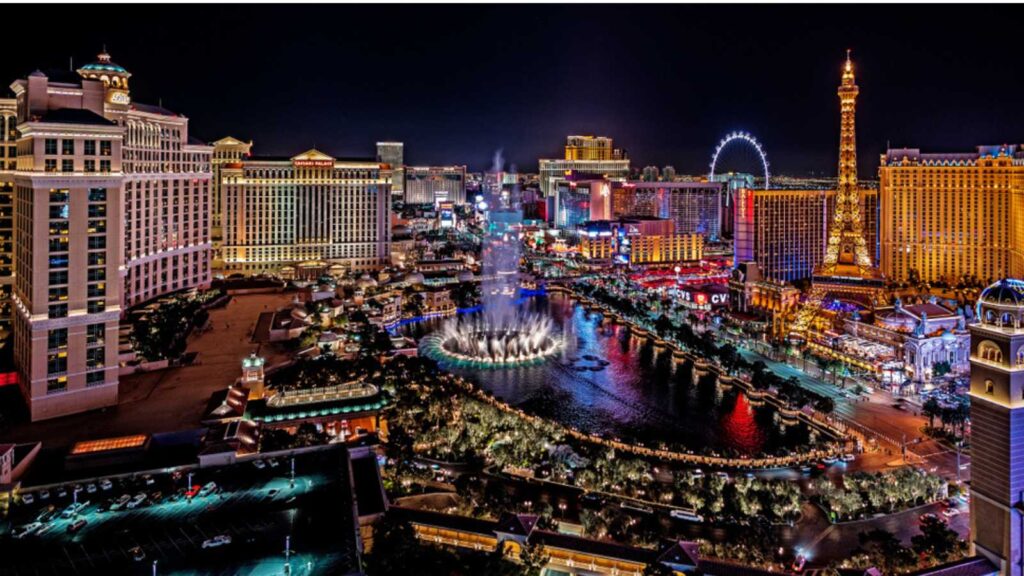
Among the 100 largest cities in the U.S., there are ten that truly shine for Thanksgiving celebrations without costing a fortune (though some might tempt your wallet). To help Americans find the best places to gobble up Thanksgiving festivities at a reasonable price, WalletHub compared these cities based on 18 key metrics ranging from the cost of Thanksgiving dinner and the share of delayed flights to volunteer opportunities per capita and forecasted precipitation.
Read more: 10 of the Best Places to Go for Thanksgiving, According to a New Report

